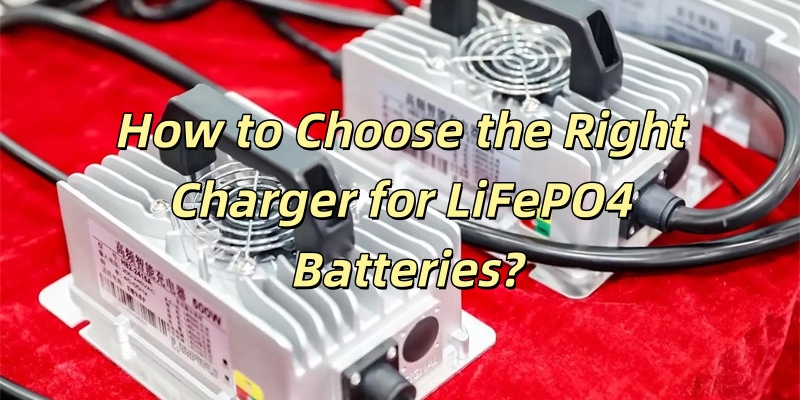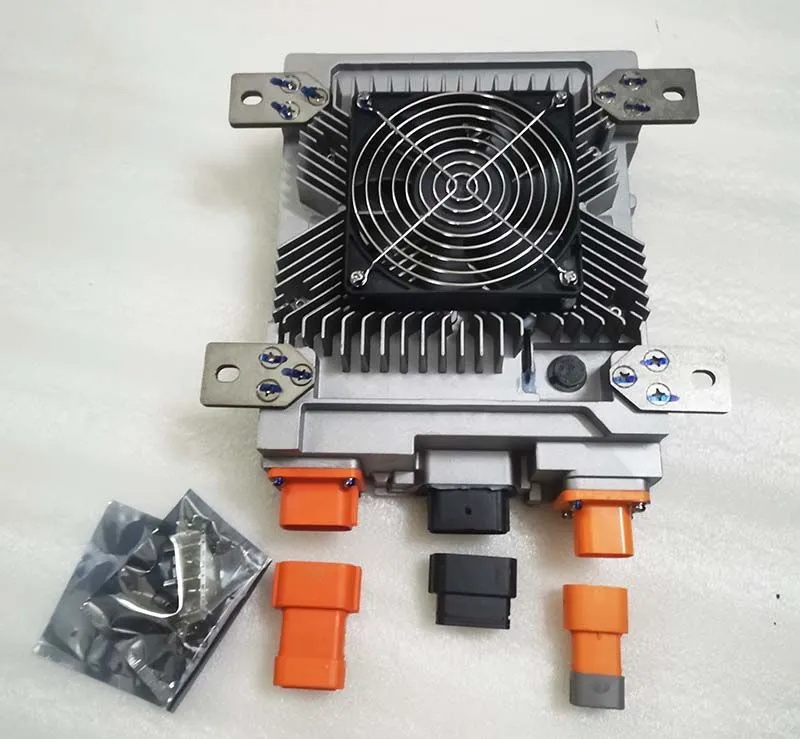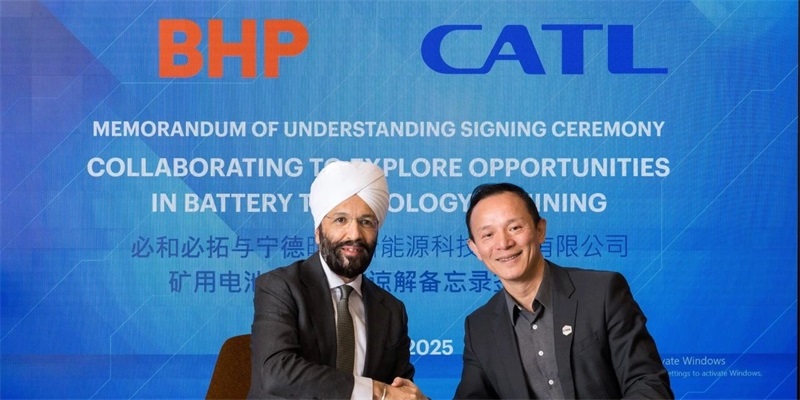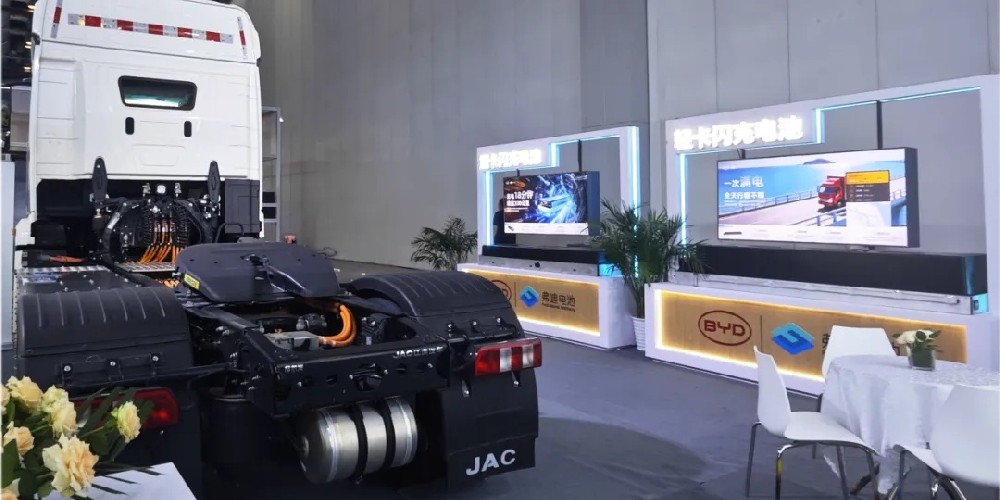LiFePO4 Battery Charging: How to Choose the Right Charger for LiFePO4 Batteries?
Lithium iron phosphate (LiFePO4) batteries have become the preferred choice for energy storage solutions due to their exceptional safety profile, extended cycle life, and reliable performance. To fully leverage these advantages, proper charger selection is paramount. This detailed guide examines the critical considerations for choosing a LiFePO4 battery charger and provides professional recommendations to optimize your energy system's safety and efficiency.

1. Voltage Compatibility Assessment
The first step in charger selection involves determining your battery pack's nominal voltage, which is determined by its series configuration. Common voltage configurations include:
• 12V systems require chargers with 14.6V output
• 24V systems require chargers with 29.2V output
• 36V systems require chargers with 43.8V output
• 48V systems require chargers with 58.4V output
Precise voltage matching ensures proper charging without risking overvoltage damage.
2. Charging Current Optimization
The charging current significantly impacts both charging duration and battery longevity. Industry experts recommend selecting a charger with current output between 0.2C and 0.5C of the battery's rated capacity. For instance:
• A 100Ah battery should be paired with a 20A-50A charger
• A 200Ah battery requires a 40A-100A charger
This range balances efficient charging with optimal battery preservation.
3. Charging Profile Requirements
LiFePO4 chemistry demands specific charging protocols. The industry-standard Constant Current-Constant Voltage (CC-CV) profile consists of two distinct phases:
Constant Current Phase: The charger delivers maximum rated current until reaching the target voltage.
Constant Voltage Phase: The charger maintains the target voltage while the current gradually tapers to completion.
This sophisticated charging algorithm ensures complete, safe charging cycles.
4. Essential Safety Protections
A quality charger must incorporate multiple protection mechanisms:
• Overcharge prevention circuitry
• Deep discharge protection
• Short circuit safeguards
• Temperature monitoring and compensation
• Reverse polarity protection
These integrated features form a comprehensive safety net during charging operations.

5. Charger Type Selection
Modern chargers fall into two primary categories:
Dedicated LiFePO4 Chargers: Purpose-built for lithium iron phosphate chemistry with optimized charging algorithms.
Universal Smart Chargers: Programmable units supporting multiple battery chemistries through adjustable parameters.
6. Manufacturer Considerations
Reputable brands such as Victron Energy, Renogy, and Battle Born offer:
• Rigorously tested products
• Reliable warranty coverage
• Technical support services
• Continuous firmware updates
7. Advanced Features Evaluation
Premium chargers may offer additional functionality:
• Real-time charging metrics display
• Bluetooth/Wi-Fi connectivity
• Multi-stage programmable charging
• Temperature-compensated voltage regulation
Conclusion
Selecting the ideal LiFePO4 battery charger requires careful evaluation of voltage compatibility, current ratings, charging algorithms, safety features, and manufacturer reputation. By following these guidelines, users can ensure their energy storage systems achieve maximum performance, safety, and service life. For complex installations or specialized applications, consulting with battery manufacturers or certified energy professionals is strongly recommended.
This comprehensive approach to charger selection will help optimize your LiFePO4 battery investment while maintaining the highest standards of system reliability and safety.

